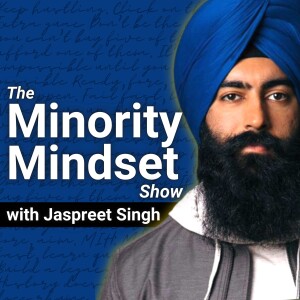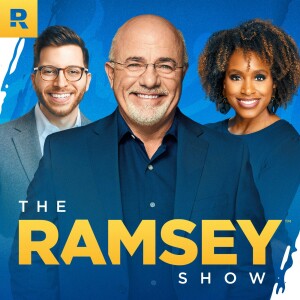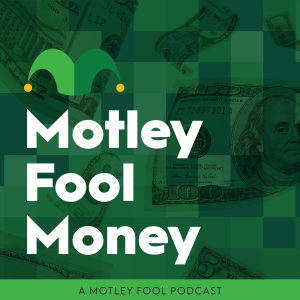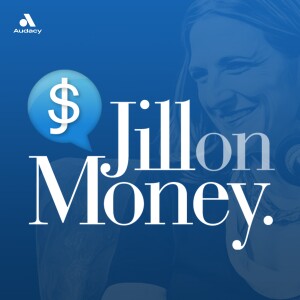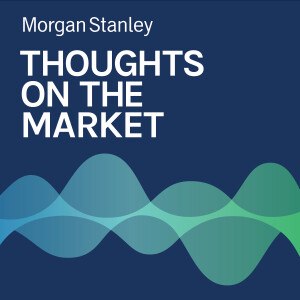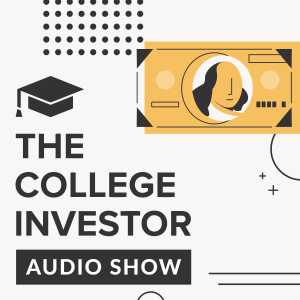

The College Investor Audio Show
https://feeds.captivate.fm/the-college-investor/Episode List

Are Credit Unions As Good As Banks? How Do They Compare?
At first glance, banks and credit unions look alike. Both offer checking and savings accounts, loans, credit cards, and certificates of deposit. But the difference lies in their structure.Credit unions are cooperative financial institutions owned by their members — the people who use their services. Instead of aiming to generate profits for shareholders, they return earnings to members in the form of lower loan rates, reduced fees, and sometimes higher savings rates.Membership is typically based on a “common bond.” This can mean working in a certain profession, living in a specific area, or being related to someone who is already a member. In practice, eligibility requirements are broad, and many people can qualify without difficulty.Like banks, credit unions are safe. Deposits are insured up to $250,000 per account by the National Credit Union Administration (NCUA) (unless you happen to be in one of these states that allow credit unions NOT to be NCUA insured), just as banks are covered by the Federal Deposit Insurance Corporation (FDIC).

New Data: 5.4 Million Student Loan Borrowers Delinquent On Their Loans
Federal student loan borrowers are under intense financial strain as serious delinquencies hover near record levels, according to new data released by TransUnion this week.In July 2025, 29% of federal student loan borrowers in repayment, or about 5.4 million people, were at least 90 days behind on payments. While this figure is slightly lower than the April 2025 peak of 31%, it marks the fifth consecutive month with more than five million borrowers past due.The modest improvement suggests that some households are managing to catch up, but the overall level of delinquency remains historically high. For comparison, delinquency rates prior to the pandemic hovered around 10% to 15%, depending on income and loan type, according to The College Investor's Student Loan Statistics.“While the percentage of federal student loan borrowers who are seriously delinquent has slightly subsided in recent months, it continues to remain decidedly elevated,” said Michele Raneri, vice president and head of U.S. research and consulting at TransUnion, in a statement. The proportion of borrowers in serious delinquency is extremely elevated, and once they reach 270 days, they will be in default and face wage garnishments, tax offsets, and more. This comes right before tax season, when millions of Americans will be depending on their tax refunds.

Leaving The SAVE Plan: Options For Borrowers
For months, federal student loan borrowers enrolled in the SAVE plan have faced a decision: should I leave SAVE now, or should I wait out the forbearance longer?The Department of Education, of course, has been very forceful in their messaging encouraging borrowers in SAVE to change repayment plans now. On the other hand, the One Big Beautiful Bill Act (OBBBA) gave a more measured timeline - possibly until 2028 to make the switch. Furthermore, the OBBBA implemented a new repayment plan called the Repayment Assistance Plan (RAP), but that doesn't go live until 2026.Nelnet, one of the major loan servicers, has even started moving borrower's SAVE forbearance dates out until 2028.The uncertainty has left many borrowers asking the same question: should I leave SAVE now, or wait to see what happens? For most, the choice depends on financial circumstances, forgiveness timelines, and long-term repayment goals. But it would be rare for any borrower to want to stick around until 2028. Most should have a clear path no later than mid-2026.

Government Shutdown and Student Loans Explained
It seems more likely that we will see a government shutdown on October 1. It's clear our government is mismanaged, but what does that mean for you and your student loans?There have been 20 "funding gaps" and 4 full government shutdowns in the last 50 years. The last shutdown happened in December 2018 and January 2019. But the threat of a shutdown seems to loom every budget cycle.Well, it really depends on what happens. For short government shutdowns (which might last the weekend or a few days into the week), nothing. For longer shutdowns (like we saw in 2013 or 2018), all the good stuff our government offers - like national parks, military death benefits, etc - stop, but all the "bad stuff" our government does, like collect taxes, and deal with student loans, keeps on keepin' on.In fact, the Department of Education has a detailed government shutdown contingency plan (PDF File) because this happens often enough. This is from the last potential shutdown, but we would expect a similar plan this year.As of right now, the last day that the government is funded through is September 30, 2025. So the earliest the government would shut down is October 1, 2025. As of today, it appears this might happen.If you're curious about how the government shutdown will affect your investments, check out this article. However, one area that has not been discussed at great length is the impact that this shutdown will have on your student loans.

What Is The Ivy League And Why Are They Called That?
Ever wonder which schools are considered "Ivy League", and where the term came from?Ivy League schools are an elite group of eight private universities based in the northeastern U.S., best characterized by their historical campuses, rigorous academic programs, and strong alumni networks.From explaining the term “Ivy League” to discussing the current global influence of this network of schools, we’ll walk you through the history of Ivy Leagues over time, including how they’ve impacted higher education and how relevant they are in the current age of expanding access to college.
Create Your Podcast In Minutes
- Full-featured podcast site
- Unlimited storage and bandwidth
- Comprehensive podcast stats
- Distribute to Apple Podcasts, Spotify, and more
- Make money with your podcast

